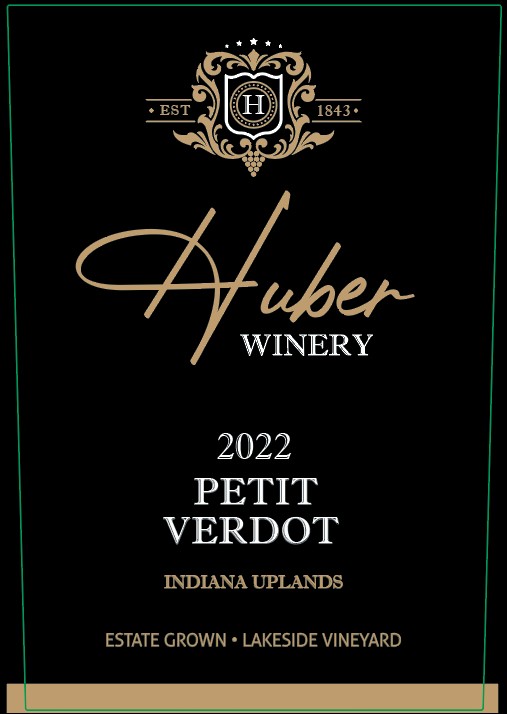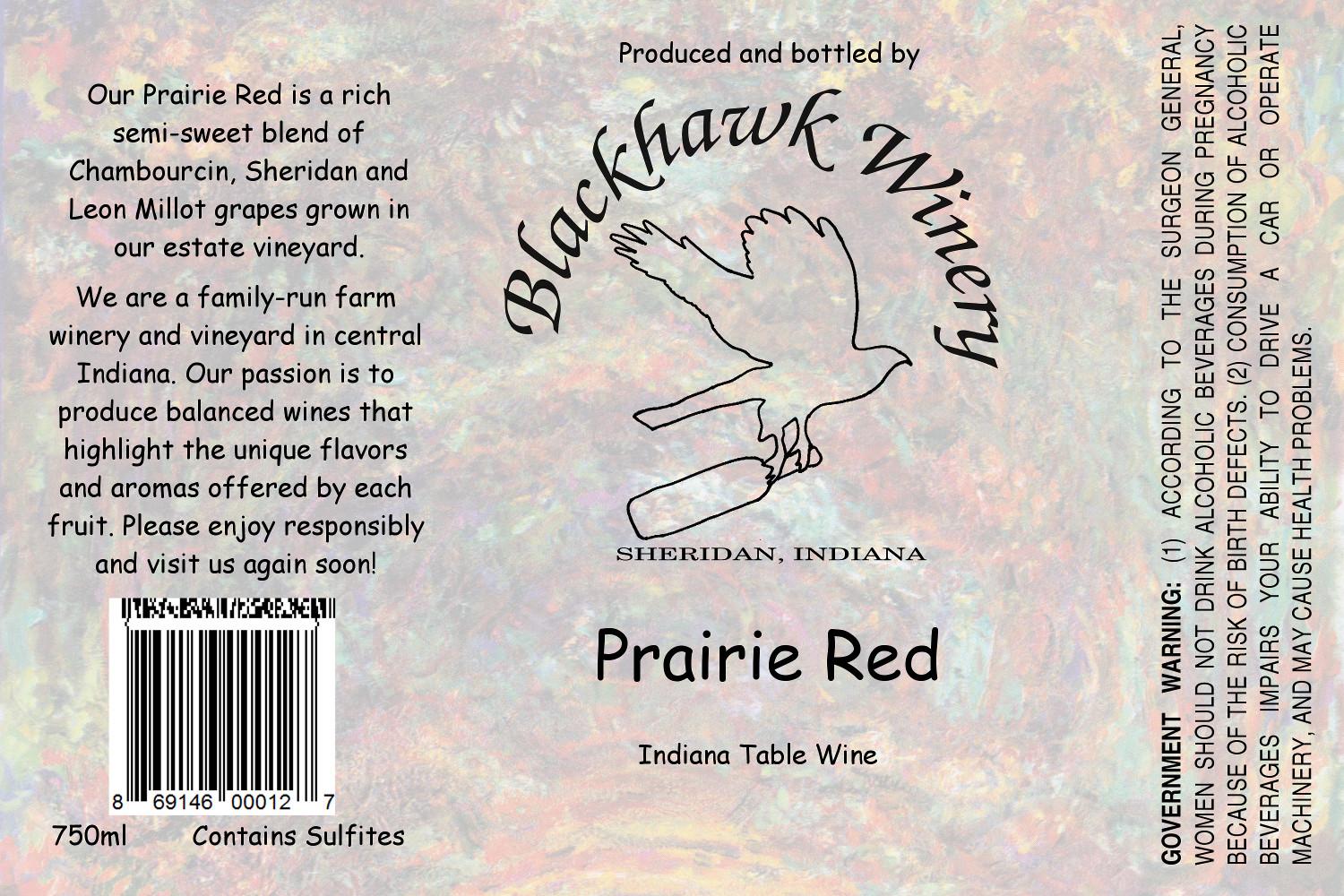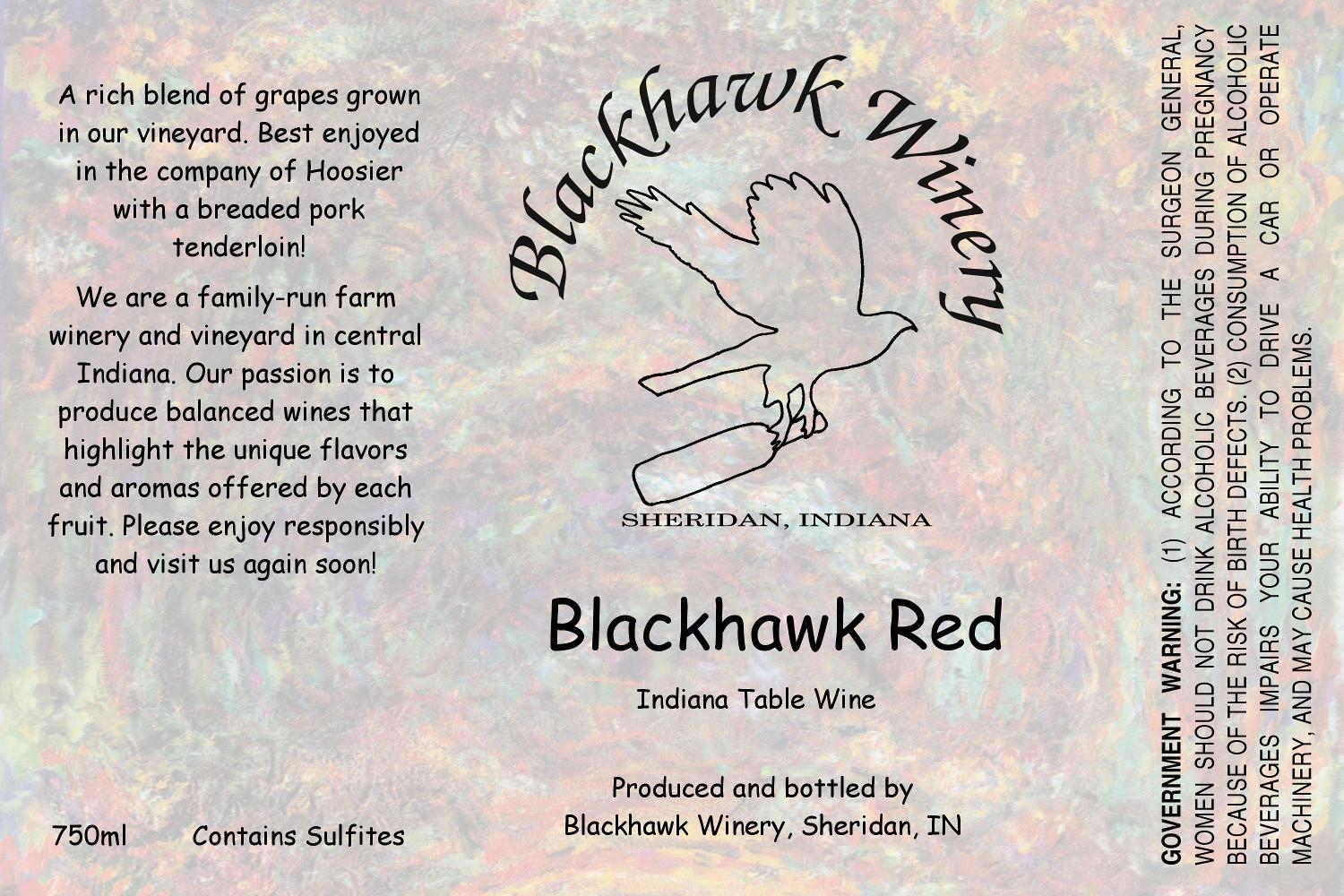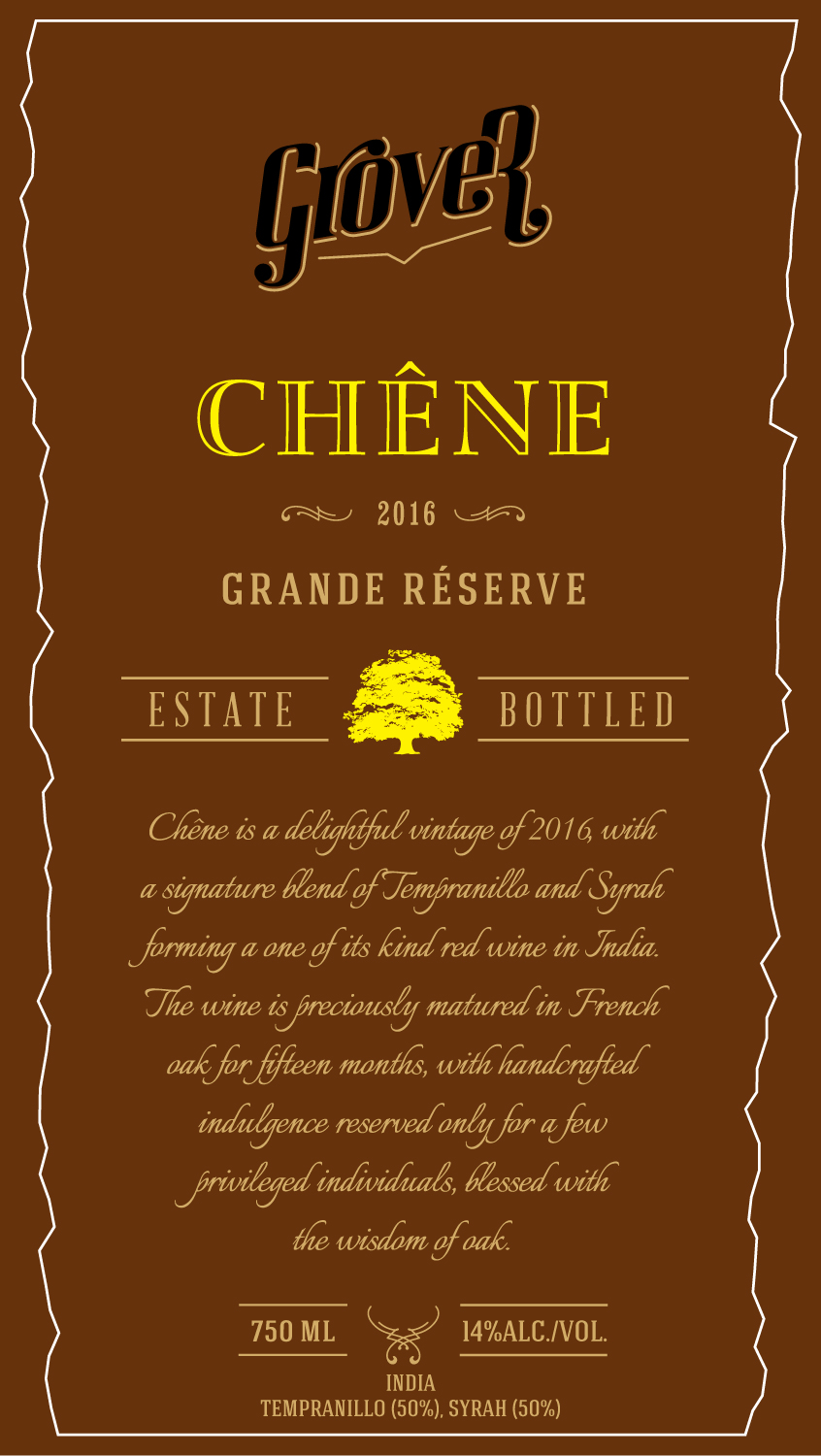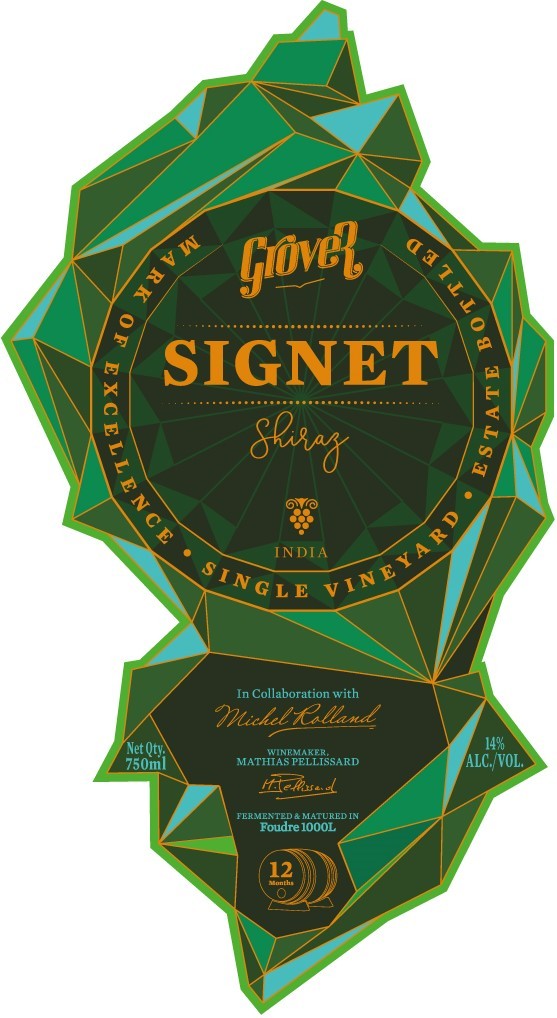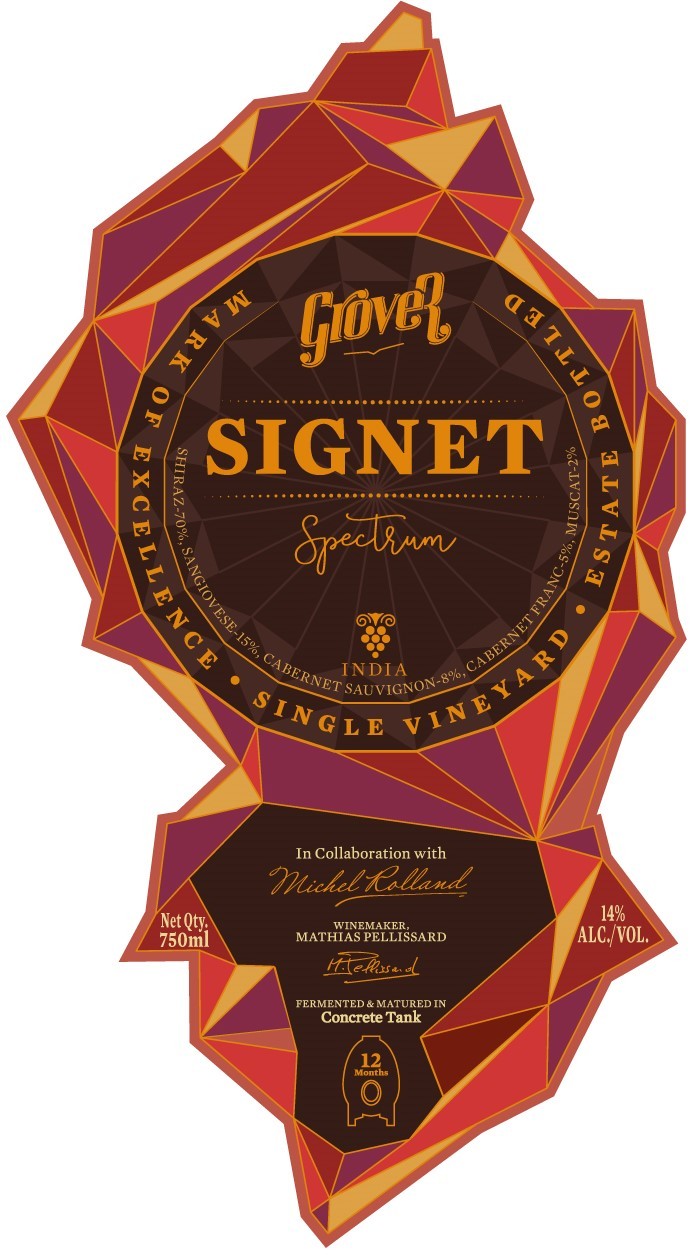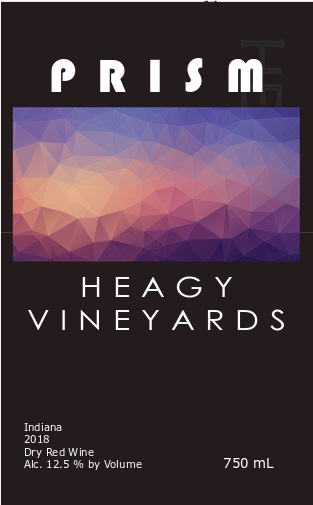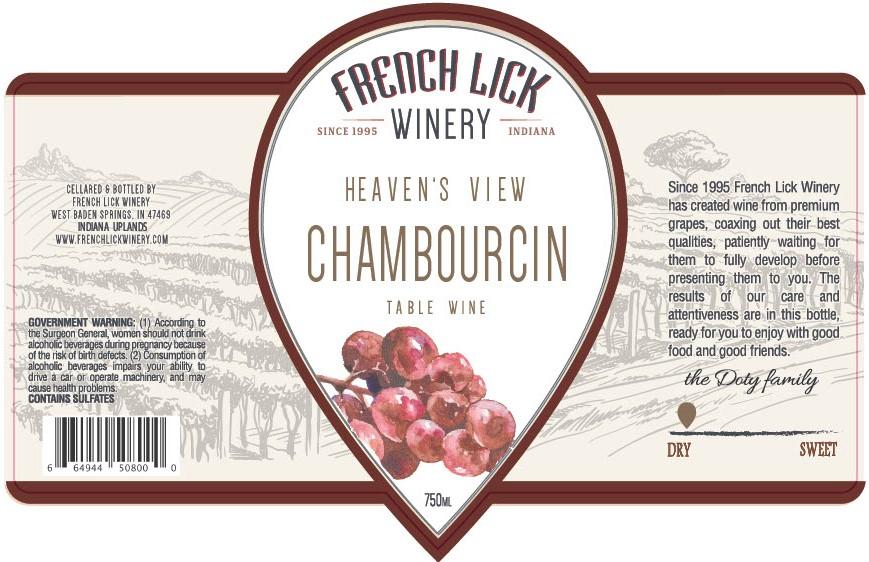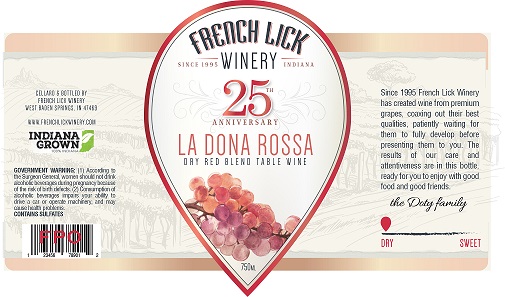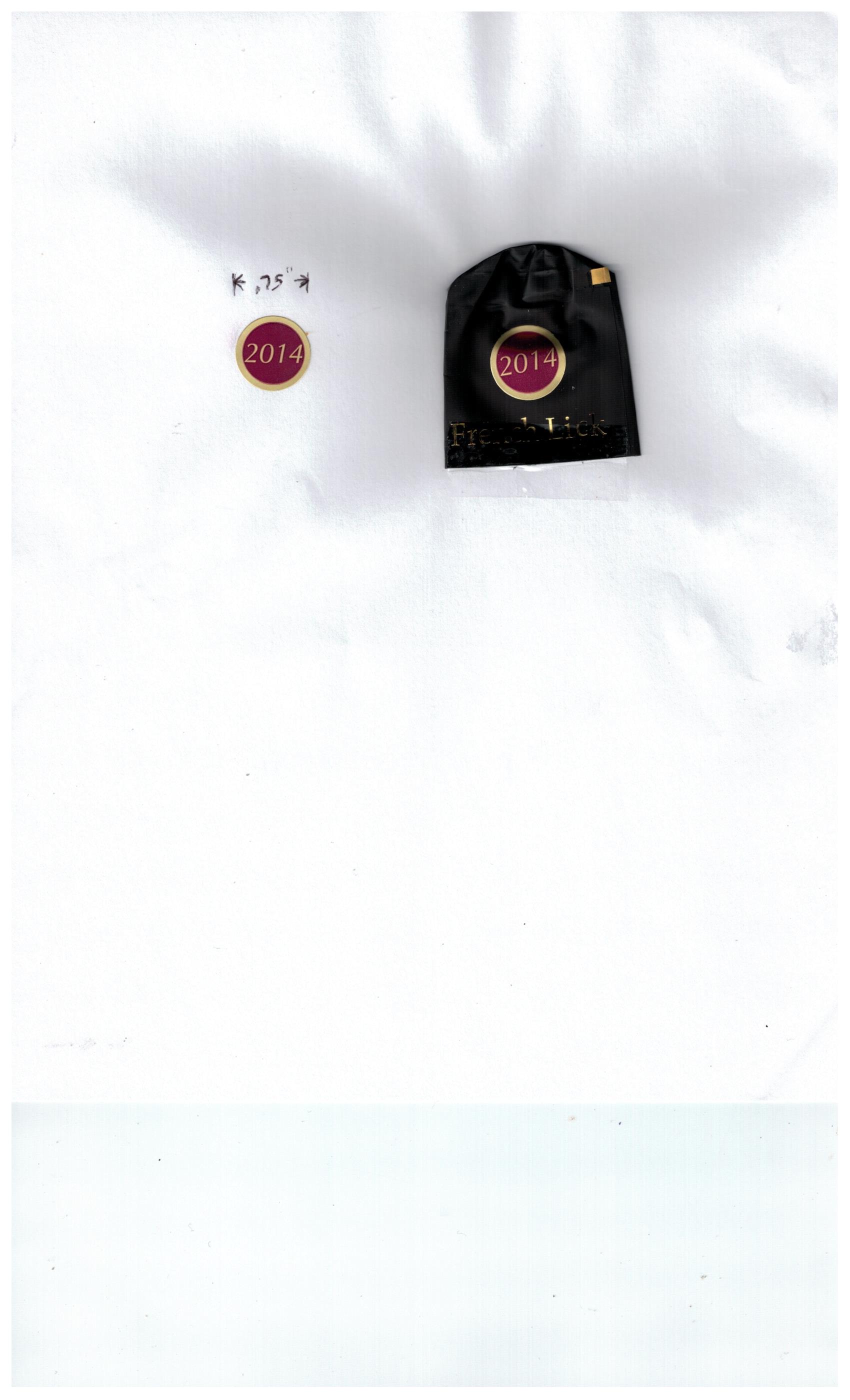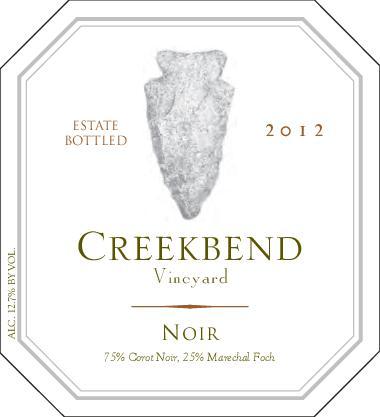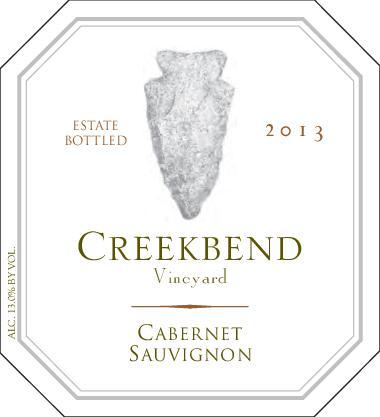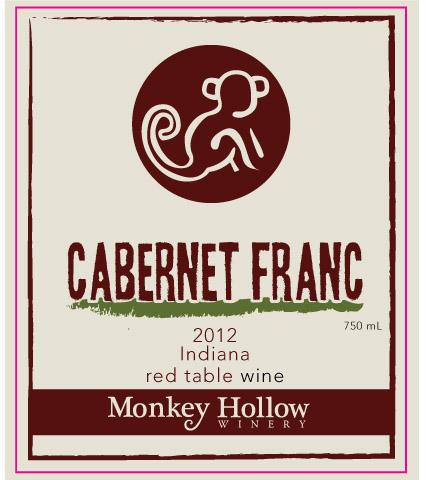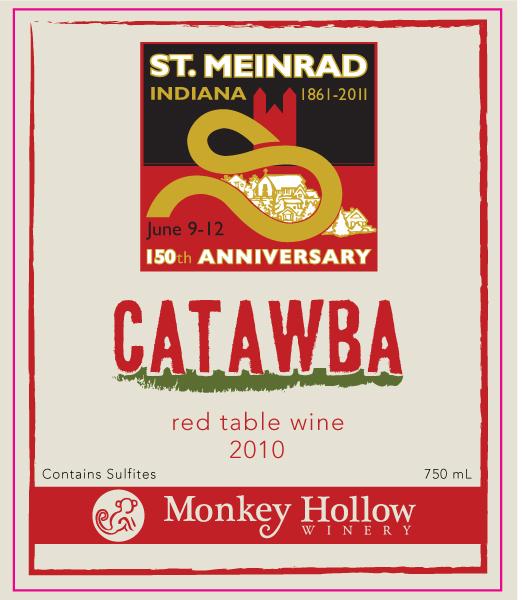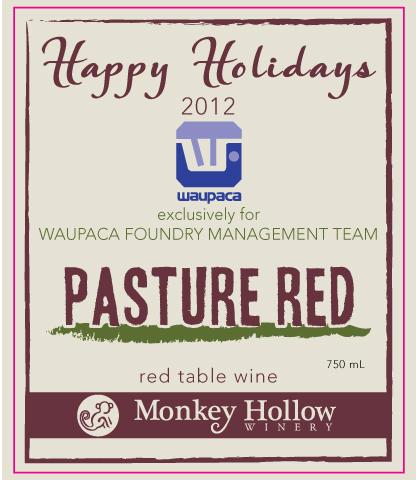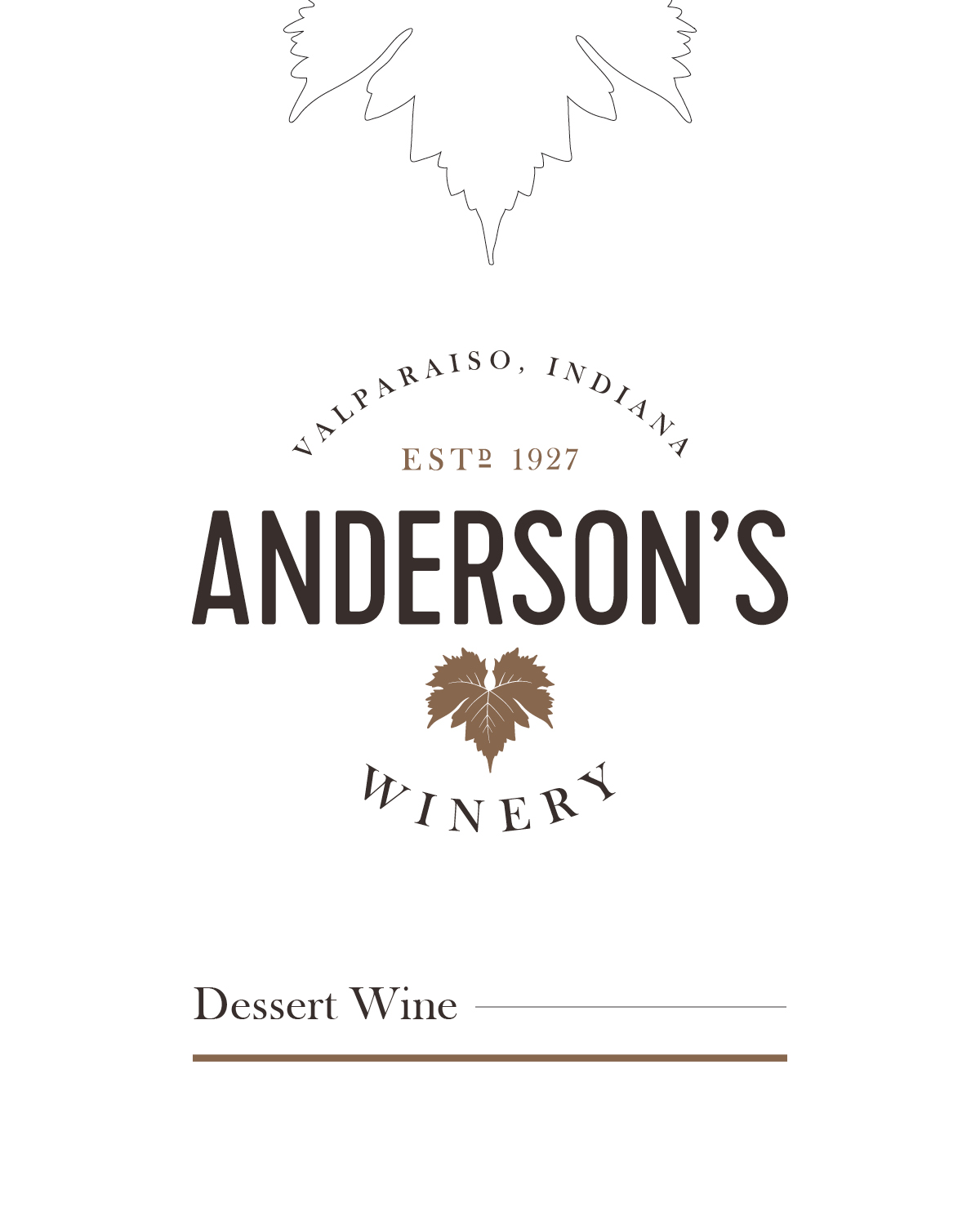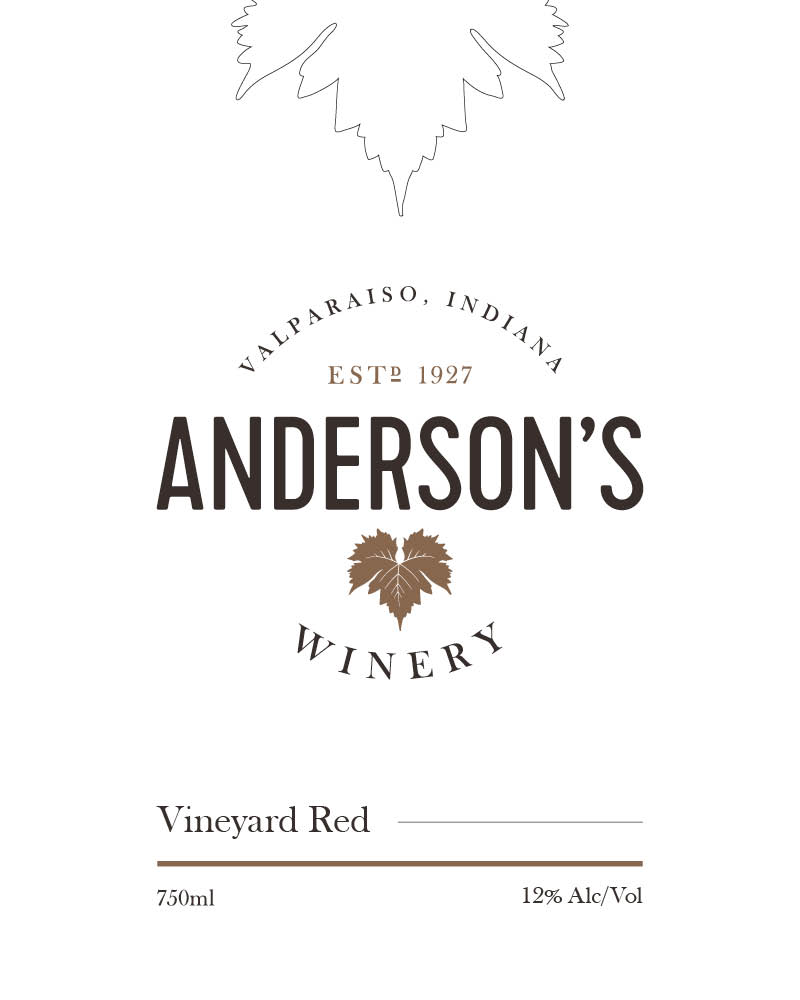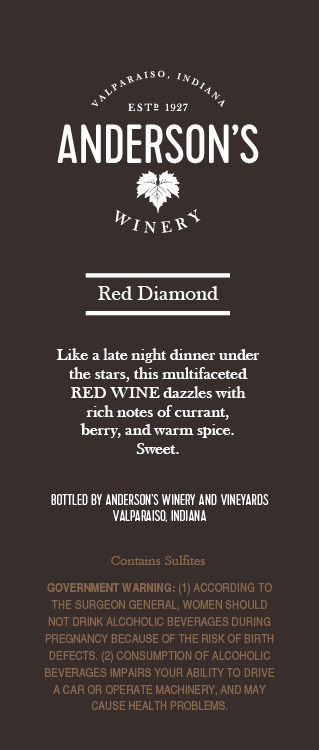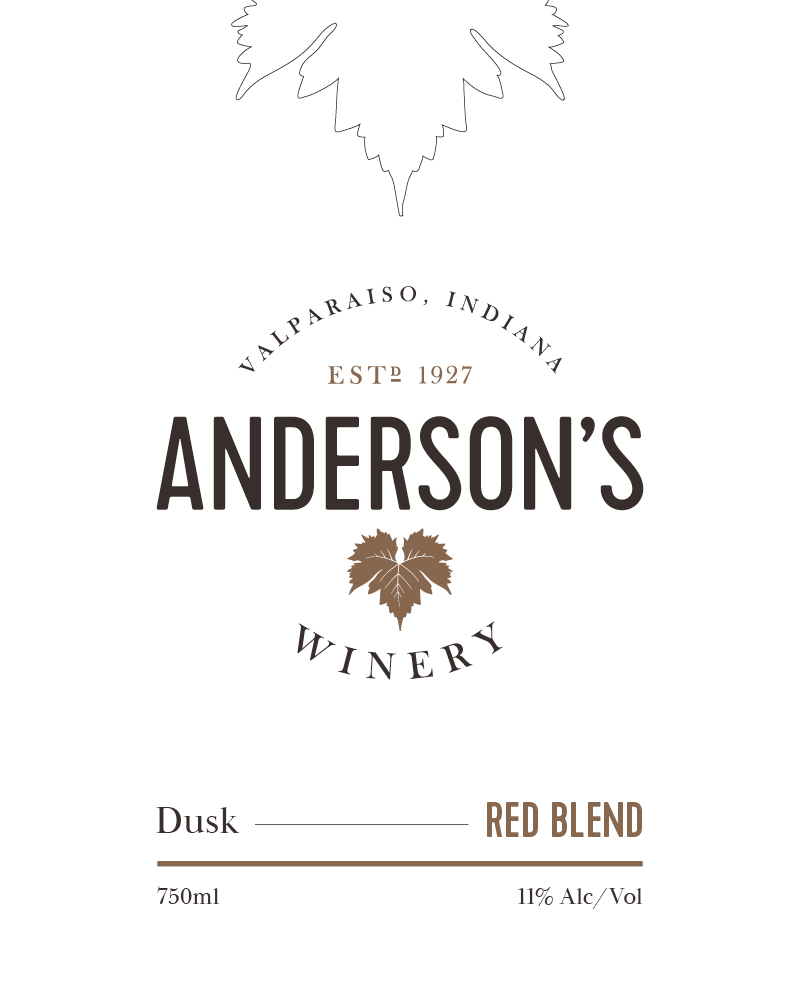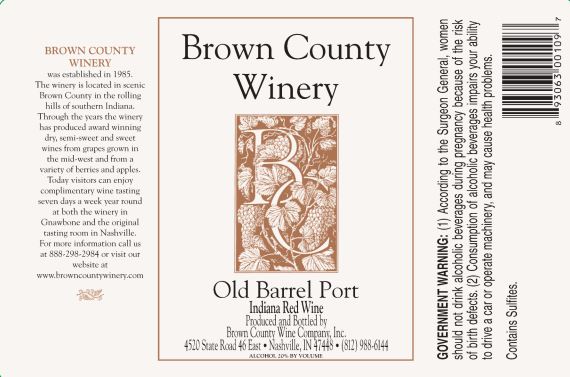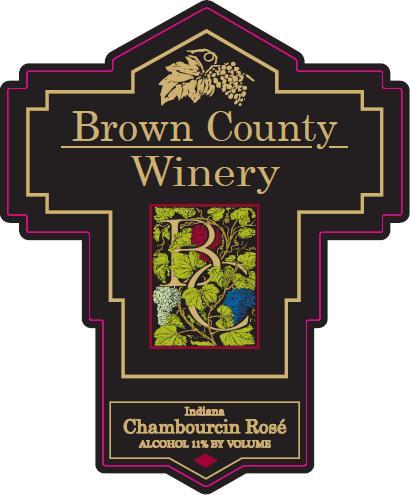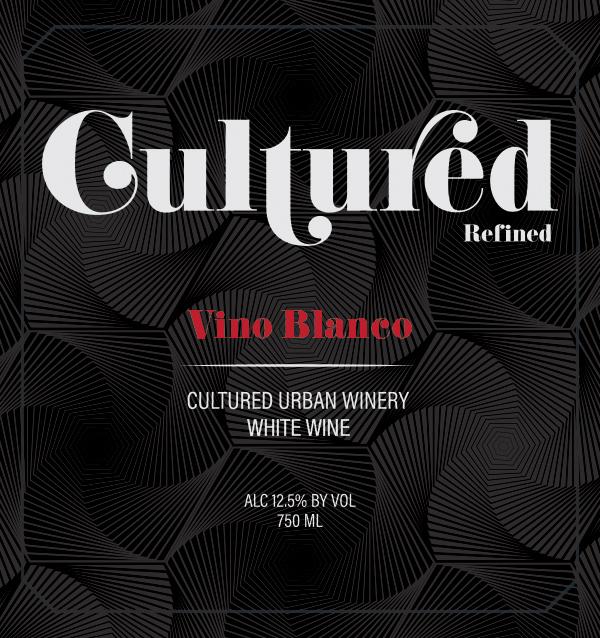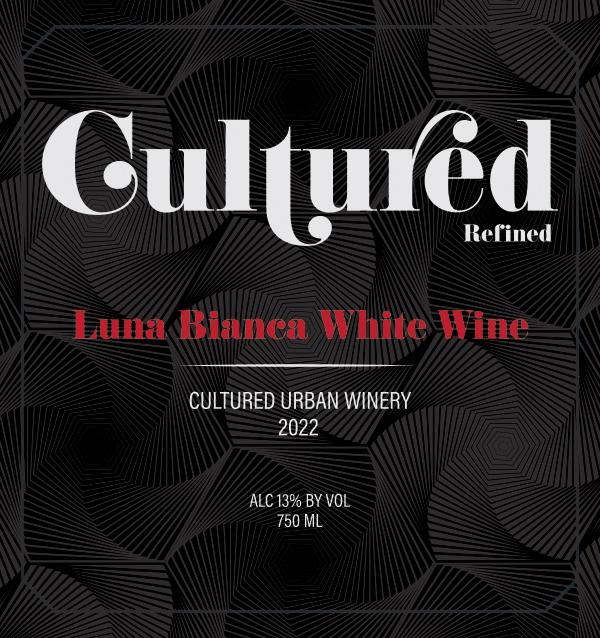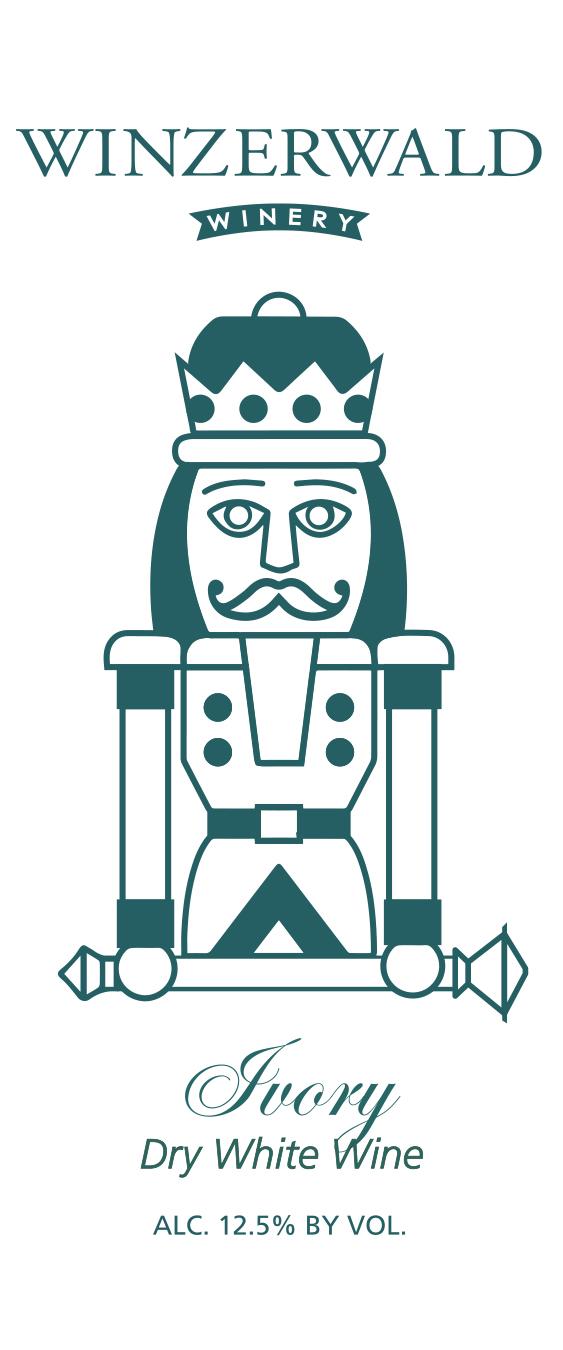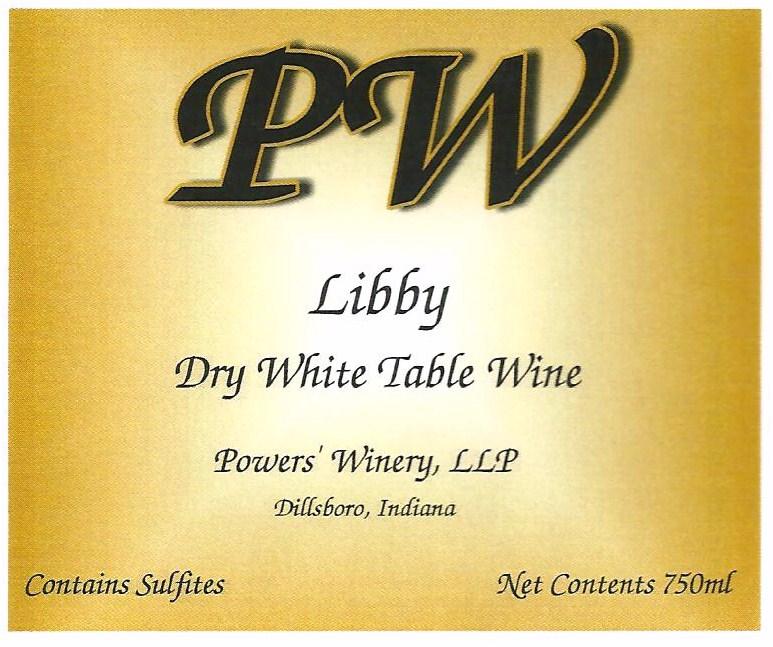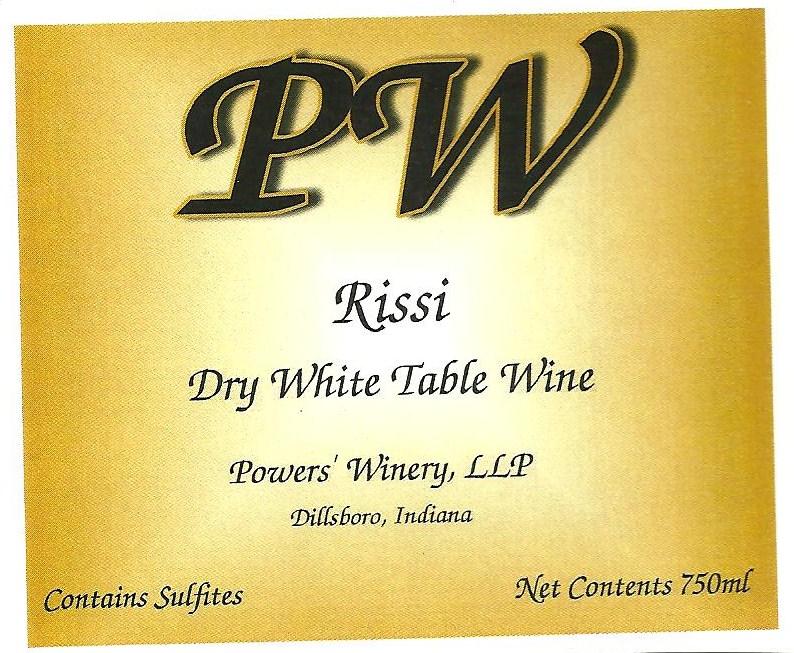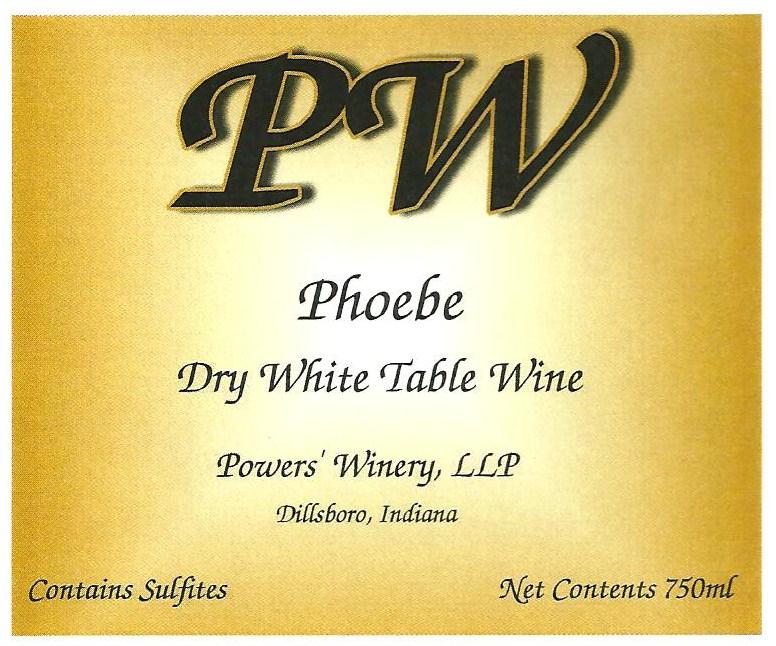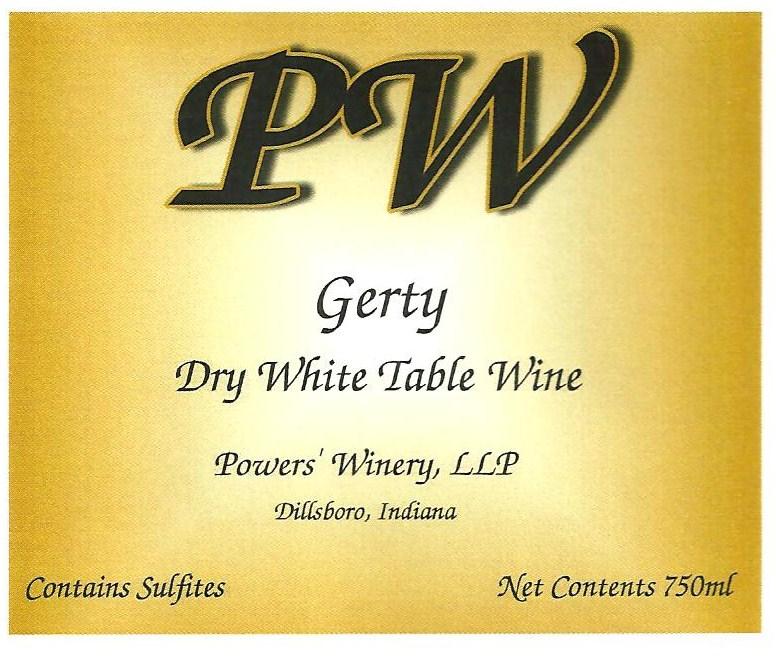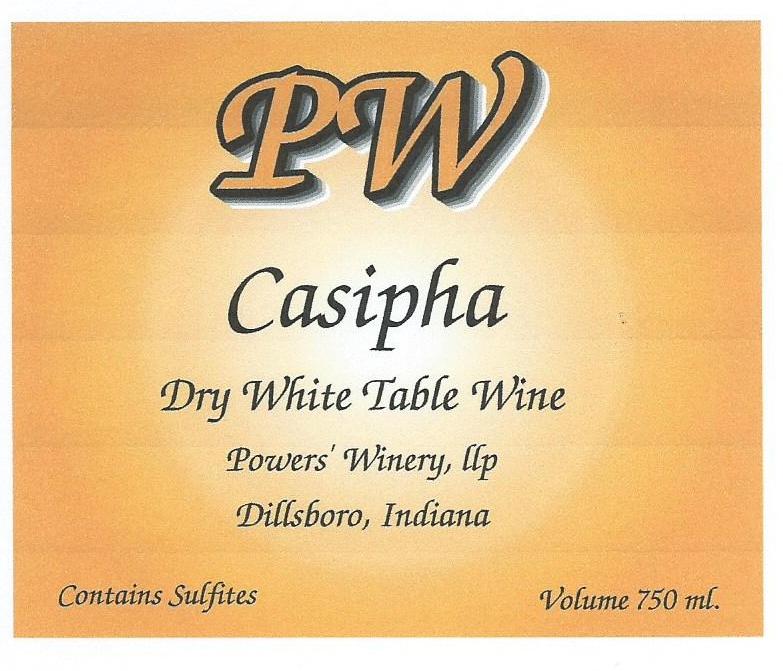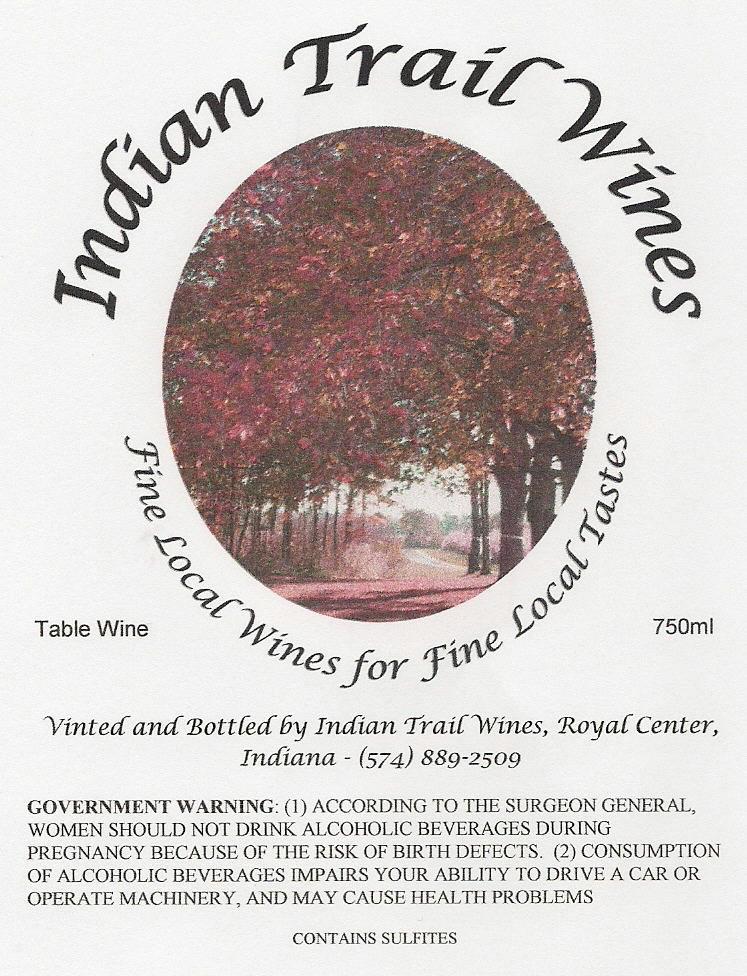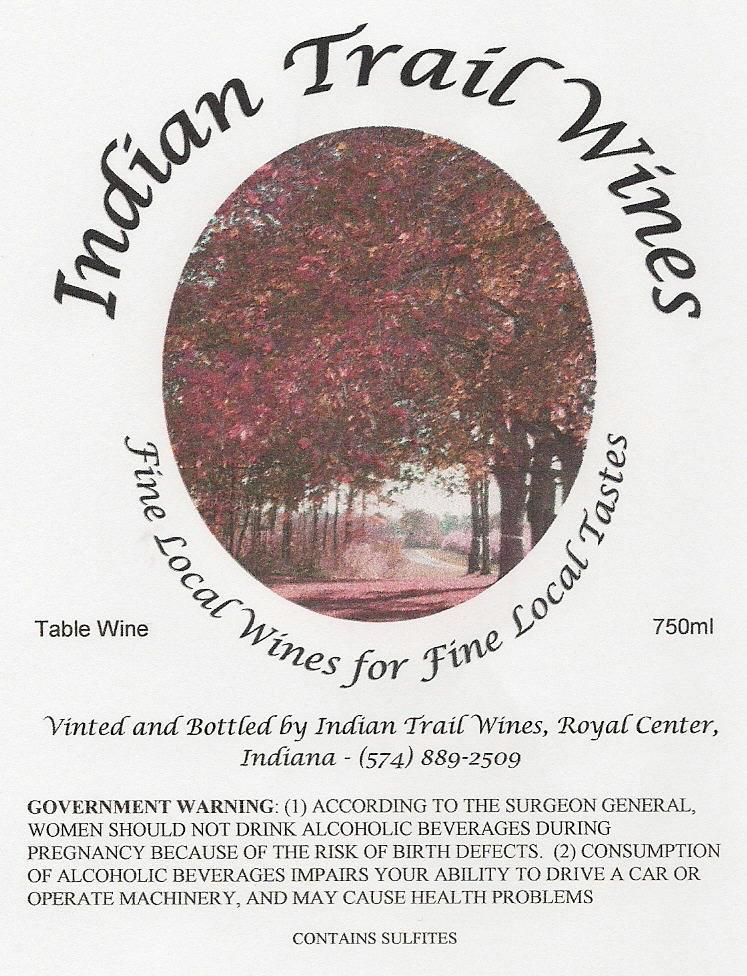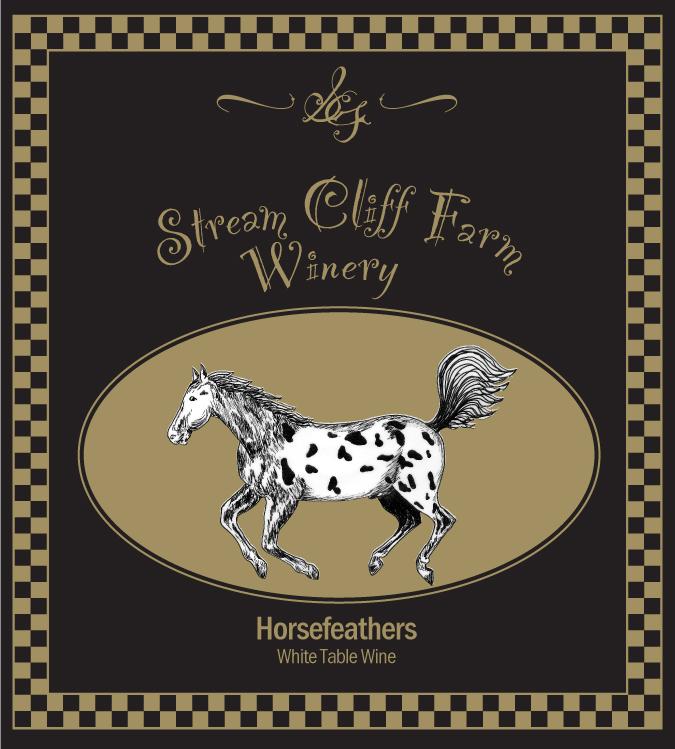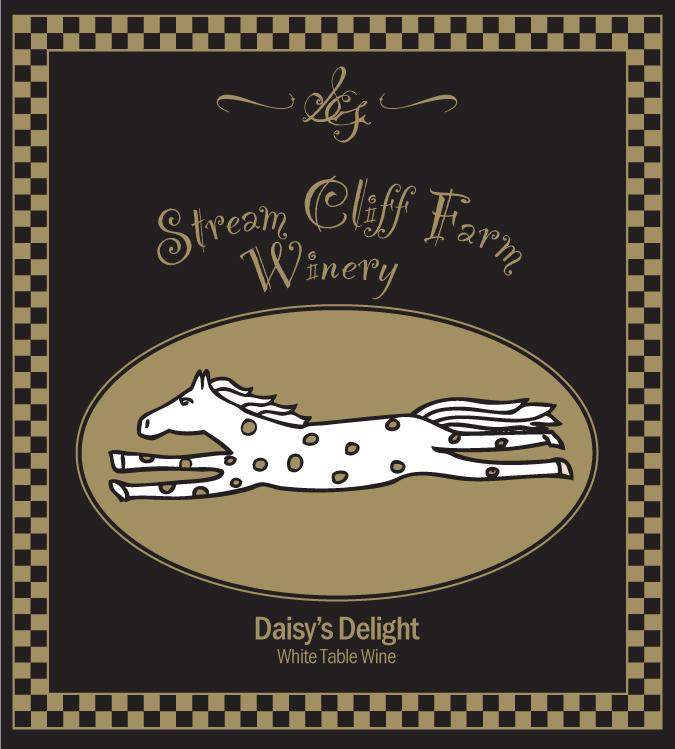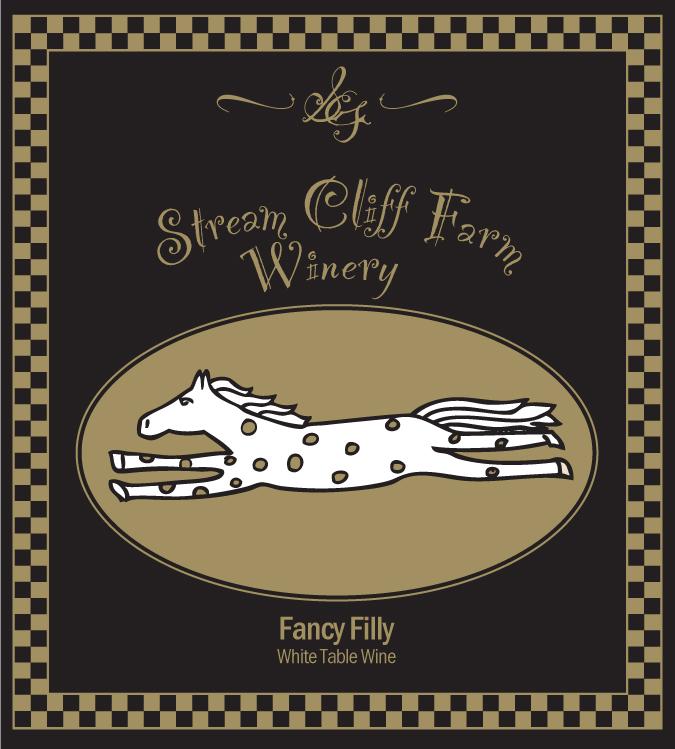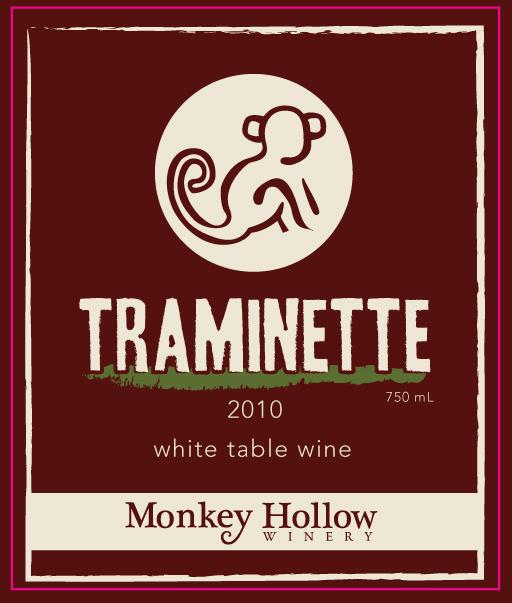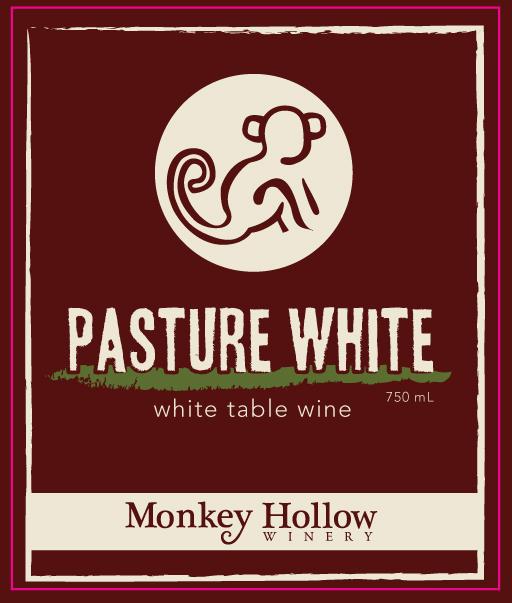Terroir of Indiana
Indiana's terroir is shaped by its humid continental climate, offering clear seasonal shifts from north to south. Northern Indiana faces colder winters and shorter growing seasons, while the south enjoys milder winters and longer frost-free periods. This variation is vital for grape growing, impacting sugar levels and harvest times, especially for Traminette and other local varieties.
Soil diversity adds to Indiana's terroir, with northern regions having fertile clay-loam soils and the south-central area featuring rocky, limestone-rich soils. The Indiana Uplands AVA benefits from well-drained slopes and elevations that support deep root growth, enhancing grape flavors. These conditions, along with the Ohio River's moderating effect, create a unique setting for producing distinctive wines. Effective vineyard management, including canopy control and disease prevention, is key to thriving in this dynamic, challenging climate.
Notable Wineries in Indiana
Indiana’s wine industry is thriving, showcasing a blend of tradition and innovation across its diverse landscapes. Here are a few notable wineries that define the state's wine culture:
-
Oliver Winery (Bloomington): As Indiana’s oldest and largest winery, Oliver offers a wide range of wines, including its popular sweet blends, crafted from grapes grown in their Creekbend Vineyard.
-
Huber’s Orchard, Winery & Vineyards (Starlight): A family-run estate since 1843, Huber’s excels with varietals like Seyval Blanc and Cabernet Franc, complemented by a distillery and family-friendly activities.
-
Easley Winery (Indianapolis): Located in the city, Easley is known for its vibrant, fruit-forward wines, including the award-winning Traminette, enhancing urban wine tourism.
-
French Lick Winery (West Baden): Known for its Norton grape planting and Traminette wines, French Lick combines winemaking with tourism in the scenic Hoosier Hills.
Sustainable Winemaking in Indiana
Indiana wine producers are embracing sustainable practices, focusing on eco-friendly vineyard and winemaking processes. Key to this shift is the choice of resilient grape varieties like Traminette and Chambourcin, which require fewer chemicals due to their natural resistance to the state’s humid climate. Integrated pest management is popular, with growers using birdhouses to attract insect-eating birds, reducing the need for pesticides.
In their wineries, producers are adopting energy-efficient technologies and eco-friendly packaging. Lightweight glass bottles and local suppliers help cut carbon emissions. Water conservation and waste recycling are common, demonstrating a commitment to sustainable practices despite the challenges of organic certification. Through education and innovation, Indiana’s family-owned wineries are nurturing the land for future generations, ensuring the industry thrives alongside its environment.
Wine Tourism in Indiana
Indiana is transforming its wine industry into a dynamic wine tourism destination. The state features over eight distinctive wine trails, each offering unique experiences.
The renowned Indiana Uplands Wine Trail guides visitors through nine wineries in the scenic limestone hills of south-central Indiana. Here, travelers can explore tasting rooms at wineries like Oliver and French Lick.
In Southeast Indiana, the Indiana Wine Trail connects artisan wineries in historic Ohio River towns. Near Indianapolis, the Indy Wine Trail offers a mix of urban wineries and nearby rural vineyards, providing quick escapes to award-winning spots.
Regional trails like the Hoosier Wine Trail and Northeast Wine Tour uncover more hidden gems. These trails often include passport programs, special events, and seasonal open houses, enhancing the wine tourism experience and showcasing Indiana's commitment to combining natural beauty with its flourishing wine culture.





